What's New
Displaying results 2651 - 2660 of 4052

Resource | Presentations,
A compilation of the epidemiology data and graphics contained in the Gap report on sex workers.

Resource | Presentations,
A compilation of the epidemiology data and graphics contained in the Gap report on transgender people.

Resource | Presentations,
11th Regional Management Meeting,
UNAIDS Regional Support Team for Asia and the Pacific 25 October 2014, Bangkok
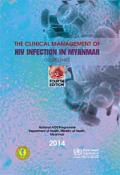
Resource | Guidelines,
HIV is now a treatable condition and the majority of people who have HIV remain fit and well on treatment. Despite this, a significant number of people are unaware of their HIV infection and remain at risk to their own health and of unknowingly passing their virus on to others. Late diagnosis is the most important factor associated with HIV related morbidity and mortality. Patients should therefore be offered and encouraged to accept HIV testing in a wider range of settings.
The new guidelines will provide flexibility and versatility for all healthcare providers and accommodate the decentralized approach being undertaken by the National AIDS Programme (NAP).
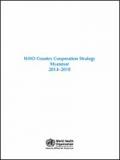
Resource | Publications,
The World Health Organization (WHO) Country Cooperation Strategy (CCS) 2014–2018 for Myanmar provides a coherent medium-term vision of WHO’s technical cooperation, and defines its strategic framework for working in and with the country. It aligns closely with the priorities of the National Health Policy, Strategies and Plans and is harmonized with efforts of the United Nations (UN) system for country development. The present CCS is built on the experience and achievements of the previous CCS 2008–2011 and takes into consideration the emerging country situation. It also follows the guidance of Twelfth General Programme of Work (GPW), which provides a six-year (2014–2019) vision for the Organization. GPWs set a global health agenda for all stakeholders and establish a strategic, results-based and accountable framework for WHO. The Twelfth GPW comprises five, as opposed to a previous 13, programmatic categories and one administrative category.
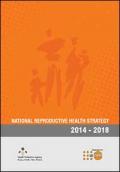
Resource | Publications,
Reproductive health is fundamental to individuals, families and the social and economic development of communities and the nation.
The goal of this strategy is to develop the health sector to improve the health of the people of Maldives, especially women and children. This document provides a template to develop specific plans and to make funding decisions. It also emphasizes that ensuring the health of women and children involves a cross-sectoral approach whereby Ministry of Health must work with sectors outside of Reproductive health.
All interventions for Reproductive health should be made available with the highest standard of quality and safety, and services should be delivered according to evidence-based best practices. Addressing needs and community views, particularly those of women, on the quality of service provision is key to ensuring improved quality and increased access and utilization at all levels. Involvement of communities can improve acceptance to health services.
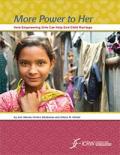
Resource | Publications,
There are nearly 70 million child brides in the world today, and more than 15 million girls marry each year. Around the world, there are a number of programs and many organizations that are working to prevent child marriage and provide support to married girls.
Through the assessment of four promising programmes run by CARE (Ethiopia), BRAC (Bangladesh), Save the Children (Egypt) and Pathfinder International (India), the paper highlights the critical role that girl-centred programming plays in catalysing a process of empowerment that enables her to make important decisions that affect the rest of her life – including when and whom to marry.
Successful programmes were found to catalyse empowerment by allowing girls to undergo an internal transformation by building their self-awareness of rights, increasing their self-efficacy and enhancing their life aspirations. Increasing opportunities and alternatives to child marriage aids this self-transformation.
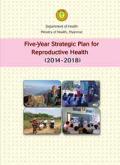
Resource | Publications,
The Ministry of Health developed the National Strategic Plan for Reproductive Health in Myanmar (2014-2018) to ensure an effective and coordinated response to reproductive health needs in the country. This strategic plan and upcoming operational plans provide the framework from which to advocate reproductive health priorities, engage in annual planning, and mobilise the resources necessary for effective action.
The strategic Plan on Reproductive Health builds on a initiatives undertaken to serve the health needs of the population of Myanmar. Included among these are the National Population Policy (1992), the National Health Policy (1993), which was followed by formulation of the Myanmar Reproductive Health Policy (2002). The National Comprehensive Development Plan - Health Sector (2010-2011 to 2030-2031) and the National Health Plan (2011-2016) are the overarching frameworks for the Strategic Plan on Reproductive Health (RH).
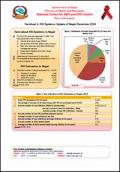
Resource | Fact Sheets,
-The first HIV case was detected in 1988. The key populations are as follows:
People who inject drugs (PWID)
Sex workers and their clients (Male and Female)
Men who have Sex with Men (MSM) and transgender people
Male Labor Migrants and their wives
Prison Inmates
- Heterosexual transmission is dominant
- HIV prevalence among adult population in the country is below 1%






